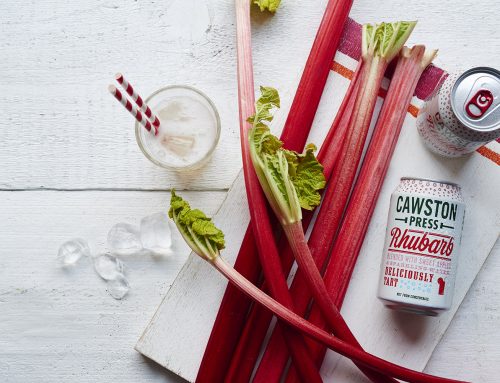Food writer Alison Jee takes a trip to Germany and
the home of marzipan – and puts paid to her food hell.
Marzipan. The very word used to fill me with horror as a child. I hated that hard
sweet layer on top of the Christmas cake – and worse still, when I accidently bit into
a marzipan-filled chocolate! Not now though. I have discovered ‘proper’ marzipan.
And to do so I visited the Niederegger marzipan factory in Lubeck, Germany, the
home of marzipan. One of the reasons I have fallen totally in love with top quality
marzipan is that it isn’t like the stuff I was given as a child. It actually tastes of
almonds, and not just sugar. The texture is looser, and the product is softer. It is
delicious!
Marzipan originates from the Orient, where it was enjoyed by caliphs and ladies of
the harem. It reached Europe via the Crusaders and the trading centre of Venice. At
first exclusively produced by pharmacists in Germany, it was considered a reputable
medicine until the early 18th century. Only since 1714 have confectioners in Lubeck
been permitted to produce it. Before the industrialisation of sugar beet, it was a
delicacy enjoyed by the rich, but since the early 1800s this affordable delicacy
produced by Niederegger and others, is enjoyed everywhere.
Lubeck is just a short train ride from Hamburg (you can fly from Heathrow) and is a
fascinating place for a short break. A UNESCO World Heritage site, known as the
‘Venice of the Baltic’, it’s on an island in the Trave river and is steeped in history – as
well as marzipan!
The city is medieval, and once through the historic Holstentor, (the 15th century main
gate) you can stroll around the pretty streets, visit the fascinating town hall, and even
visit the marzipan museum upstairs in the 200-year-old Niederegger Café on one of
the picturesque squares. The food there is fabulous and reasonably priced. You
can further indulge a sweet tooth with the most amazing selection of cakes (not all
almond-flavoured) and even almond-flavoured hot chocolate.
We had dinner in Schiffergesellschaft, one of the oldest restaurants in town.
Originally a meeting place for ships’ captains, the medieval mercantile building in the
city centre is a veritable shipping museum, as well as a brilliant, atmospheric place to
sample some excellent Baltic cuisine. Herrings abound and very generous portions
are served, so be warned!
I stayed close to the centre, and enjoyed lovely river views, particularly at night with
the town’s lights reflected on the water. I’m told its Christmas markets are excellent,
but the mass of tables outside bars and cafés overlooking the river suggest it’s great
for summer breaks too.
Nearer to home, I recommend anyone reading this who assumes they don’t like
marzipan to rethink, and head to a high-quality store to get their hands on some
Niederegger to taste it for yourself. Or better still, book yourself a weekend in
Lubeck!




